Banana farming is very common and popular business throughout the world. It is a very tasty and nutritious fruit and available throughout the year. Commercial banana cultivation is one of the major traditional occupations of many people.
Banana is actually an elongated, edible fruit produced by several kinds of large herbaceous flowering plans in the genus Musa. Bananas are used for cooking in many countries (may be called “plantains”, distinguishing them from dessert bananas.
Banana is variable in size, color and firmness, but is usually elongated and curved, with soft flesh rich in starch covered with a rind, which may be green, yellow, purple, brown or red when ripe.
Bananas grow in clusters hanging from the top of the plant. Today, almost all modern edible seedless bananas come from wild species (Musa acuminata and Musa balbisiana).
The scientific names of most cultivated bananas are Musa acuminata, Musa balbisiana, and Musa × paradisiaca for the hybrid Musa acuminata × M. balbisiana, depending on their genomic constitution. The old scientific name for this hybrid, Musa sapientum, is no longer used.[1]
Banana plants grow almost everywhere around the world. They may grow with varying degrees of success in diverse climatic conditions. But most of the commercial banana plantations are primarily found in equatorial regions, in banana exporting countries.
Today, the 4 leading banana exporting countries are Costa Rica, Colombia, Ecuador and Philippines. India, Ecuador, Brazil and China are the largest banana producers, and they produce about half of total bananas.
Commercial banana farming has a significant economic importance. Commercial banana production is labor-intensive, delivers a relatively quick return on effort and investment, provides weekly income year round, and the crop recovers quickly from hurricanes and other natural disasters.
Banana industry exports worldwide total over 100 million tons in a market which generates over US$5 billion per year, and employs millions of workers.
However, if you are willing to start a new agribusiness, then commercial banana farming can be a good fit. It is very easy and profitable.

How to Start Banana Farming Business?
As we have mentioned above, commercial banana farming is very easy and simple. Even the beginners can start this business. Caring for the banana plants is very easy. Even the beginners can take good care of the plants.
Here we are trying to describe more information about starting and operating this business from planting, caring to marketing.
Step 1. Select Good Location
First of all, you have to select a very good location for starting this business. Banana plants grow very well in a fertile and well drained soil.
Banana plants can grow in a wide variety of soil types. They can survive in poor to rich type of soils such as deep silty, clay, loam and rich loamy soil. The pH level between 6.7 and 7.5 is considered ideal for commercial banana production.
You can use your existing land if it is suitable for this business. Actually, soils which are rich in nitrogen, phosphorus and potash are good for banana cultivation.
Step 2. Prepare the Soil
Preparing the soil perfectly is also very important. You have to make the land ready before planting banana plants. Plough the land thoroughly at least for 3-4 times in summer. Add adequate amount of organic fertilizers at the time of last ploughing.
Then level the soil. Add nematicides and fumigants into the soil before planting, especially if you are in the ares where nematode problem is prevalent.
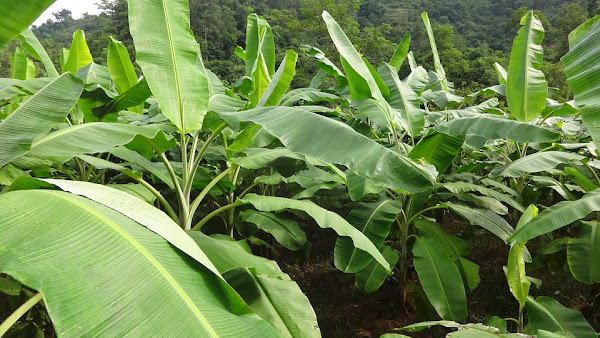
Step 3. Climate Requirements For Banana Plants
Banana is actually a tropical crop. It grows well in a temperature range of 15ºC to 35ºC, with a relative humidity of 75% to 85%.
Banana plants prefer tropical humid lowlands. But they can be cultivated in climate ranging from humid tropical to dry mild subtropics through a selection of appropriate varieties.
The high velocity of wind damages the crop which exceeds 80km/hr. And chilling injury occurs at a temperature below 12ºC. Monsson time period (June to September) with an average 650 to 750 mm rainfall is very important for vigorous vegetative growth of the banana plants.
Step 4. Choose A Variety
There are many different varieties of banana available throughout the world. You can choose any depending on the availability in your area. You can consult with some local farmers for good recommendations.
Top 10 different types of bananas are Cavendish, Pisang Raja, Red, Lady Finger, Blue Java, Plantain, Manzano, Burro, Barangan and Goldfinger.
Step 5. Purchase Plants
Banana plants are not grown from seeds, rather they are grown using suckers as planting material. Tissue culture seedlings is also used in some areas. Small plants are easily available in the nurseries. You can easily purchase from any of your nearest nurseries or from any farmer who sell plants.
If the spacing of 1.8×1.5m is adopted, near about 1452plants fits per acre. For spacing of 2mx2.5m, 800plants are accommodated in one acre.
Step 6. Planting
Prepare the land by following the method mentioned above in land preparation section. Then you can plant the smaller plants.
Pit planting method is generally used in the garden system of cultivation. A pit size of 45cm x 45cm x 45cm will be good. Fill the pits with topsoil mixed with around 10kg well decomposed farm yard manure, 250 grams of neem cake and around 20 grams of carbofuran.

Left the pits open for 15 to 20 days for solar radiation to kill all the insects, soil-borne diseases and for aeration before refilling. Plant the suckers in the center of the pit and gently press the soil around it, and avoid deep planting.
Step 7. Take Good Caring
Banana plants generally grow very well and they require relatively less caring. Although, taking additional caring will help the plants to grow well and produce better.
Caring is very easy, even the beginners can take care of them. You can utilize your family labor for caring banana plants. Here we are trying to describe more about the caring process of banana farming business.
Fertilizing
Banana plants generally require a high amount of nutrients. Add as much organic content as you can while preparing the soil. And additional apply of fertilizers is also required. Contact with an expert in your area or contact your nearest agriculture extension office for better recommendation based upon soil test.
Watering
Banana is actually a shallow rooted crop that requires large quantity of water for increasing productivity. Generally the plants require 70 to 75 irrigation for good yield.
Provide irrigation at an interval of 7 to 8 days in winter. And provide irrigation at an interval of 4 to 5 days during summer. And no irrigation is required during rainy season.
You can also use advance irrigation technology like drip irrigation. In drip irrigation, apply water@5-10 liters/plant/day from planting to 4th month, 10-15 liters/plant/day from 5th to shooting and 15 liters /plant/day from shooting to till 15 days prior to harvest.
Mulching
Mulching is a good way for retaining moisture into the soil. It is also helpful for controlling weeds. You can use organic materials as mulch.
Weeding
Weeding regularly is very important for successful and commercial banana farming business. Weeds consume nutrients from the soil, and your plants will suffer. So, controlling them is very important.
Remove weeds before planting by deep ploughing and cross harrowing. Take pre-emergence application of Diuron 80% WP at the rate of 800gm/150Litre of water/acre, if infestation by the weed species.
Propping
The plants go out of balance due to the heavy weight, and the fruits bearing plant may lodge and production quality are adversely affected. So, the bearing plants should be propped with the help of two bamboos forming a triangle by placing them against the stems on the leaning side.
Step 8. Control Pests and Diseases
Like many other commercial crops, banana plants are also highly susceptible to some pests and diseases.
Pests and Their Control
Corm weevil, rhizome weevil, banana aphid, nematode, thrips and lace wing bugs are the common pests for the banana plants.
In case of corm weevil infestation, apply Carbaryl at the rate of 10-20 grams per plant in the soil around the stem.
Remove dried leaves and keep the orchard clean as a preventive measure for preventing rhizome weevil. Apply castor cake at the rate of 250 grams or Carbaryl at the rate of 59 grams or Phorate at the rate of 10 grams per pit before planting.
If you observe the infestation of banana aphid, take spray of Methyl demeton at the rate of 2ml per liter or Dimethoate at the rate of 2ml per liter of water.
If you notice the infestation of thrips and lace wing bugs, take spray of Methyl demeton 20EC at the rate of 2ml per liter of water or Monocrotophos 36 WSC at the rate of 2ml per liter of water.
Treat the suckers with Carbofuran 3%CG at the rate of 50 grams per sucker, to prevent suckers from nematode. If you have not done the sucker treatment, then apply 40 grams of Carbofuran around each plant one month after planting.
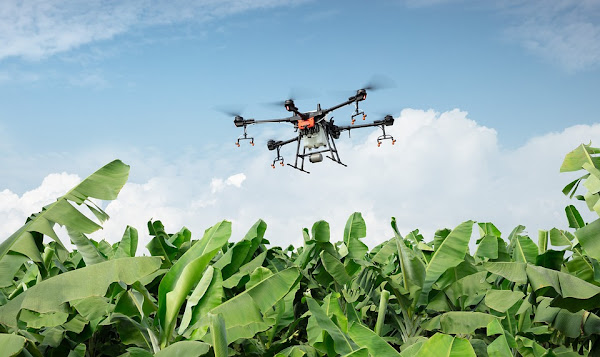
Diseases and Their Control
Anthracnose, panama, sigatoka leaf spot, bunchy top and fusarium wilt are some common diseases of the banana plants.
For preventing sigatoka leaf spot, remove or burn the infected leaves. Provide good drainage system in the field and also avoid waterlogging conditions. Take spray of any one of fungicides i.e Carbendazim at the rate of 2gm/liter or Mancozeb at the rate of 2gm/liter or Copper oxychloride at the rate of 2.5gm/liter or Ziram at the rate of 2ml/liter of water or Chlorothalonil at the rate of 2gm/liter of water. Add 5ml of wetting agent like Sandovit, Teepol etc. per 10 liters of spray fluid.[3]
If you observe the infestation of anthracnose, take spray Copperoxychloride at the rate of 2.5 grams per liter or Bordeaux mixture at the rate of 10 grams per liter or Chlorothalonil fungicide at the rate of 2 grams per liter or Carbendazim at the rate of 3 grams per liter of water.
If you observe the infection of panama disease, uproot and destroy severely affected plants away from the field. Then apply lime at the rate of 1 to 2 kg in the pits. Dip suckers in Carbendazim at the rate of 2 mg per liter of water before planting. Also do bi-monthly drenching of Carbendazim starting six months after planting.
Bunchy top disease is caused due to aphid infestation. Remove and burn the affected pant parts. And after observing, spray Dimethoate at the rate of 20ml per 10 liter of water.
In case of fusarium wilt infestation, remove the infected plants and apply lime at the rate of 1-2 kg per pit. Do capsule application of Carbendazim at the rate of 60mg capsule per tree on 2nd, 4th and 6th month after planting. Do spot drenching of Carbendazim at the rate of 2mg per liter of water.
Step 9. Harvesting
Banana plants grow very fast, and the crop become ready for harvesting 11 to 12 months after planting. Start harvesting when bananas are slightly or fully mature or according to market requirement.
For local market, harvest the fruits at maturity stage and for long distance transport, harvest fruits at 75% to 80% maturity. But for export purpose, start harvesting the day before or the same day of shipment. Harvest fruit early in the day in summer, and in winter avoid harvesting too early in the morning.
Post-Harvesting
There are many post-harvesting operations after harvesting bananas. Curing, washing, grading, packaging, storage, transportation and marketing are the main post harvesting tasks.
Grading is very important, it is done on the basis of size, color and maturity. Remove small, overripe, damaged and disease infected fruits.
Yield
It’s not possible to tell the exact amount. It depends on numerous factors. You can expect around or up to 50 tones per hectare.
Step 10. Marketing
Marketing bananas is very easy and simple. Bananas have very good demand and value in the market. Hope, you will be able to easily sell your products in the local market.
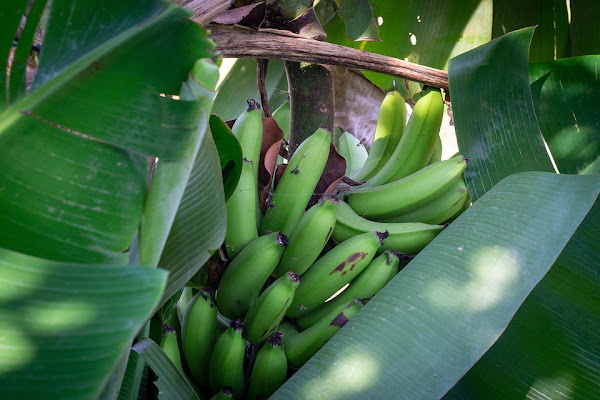
These are the common steps and ways for starting and operating a successful banana farming business. It’s very easy and simple. Hope this guide has helped you! Good luck and may God bless you!




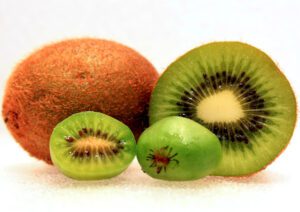
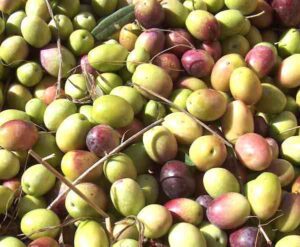

very impressive n useful